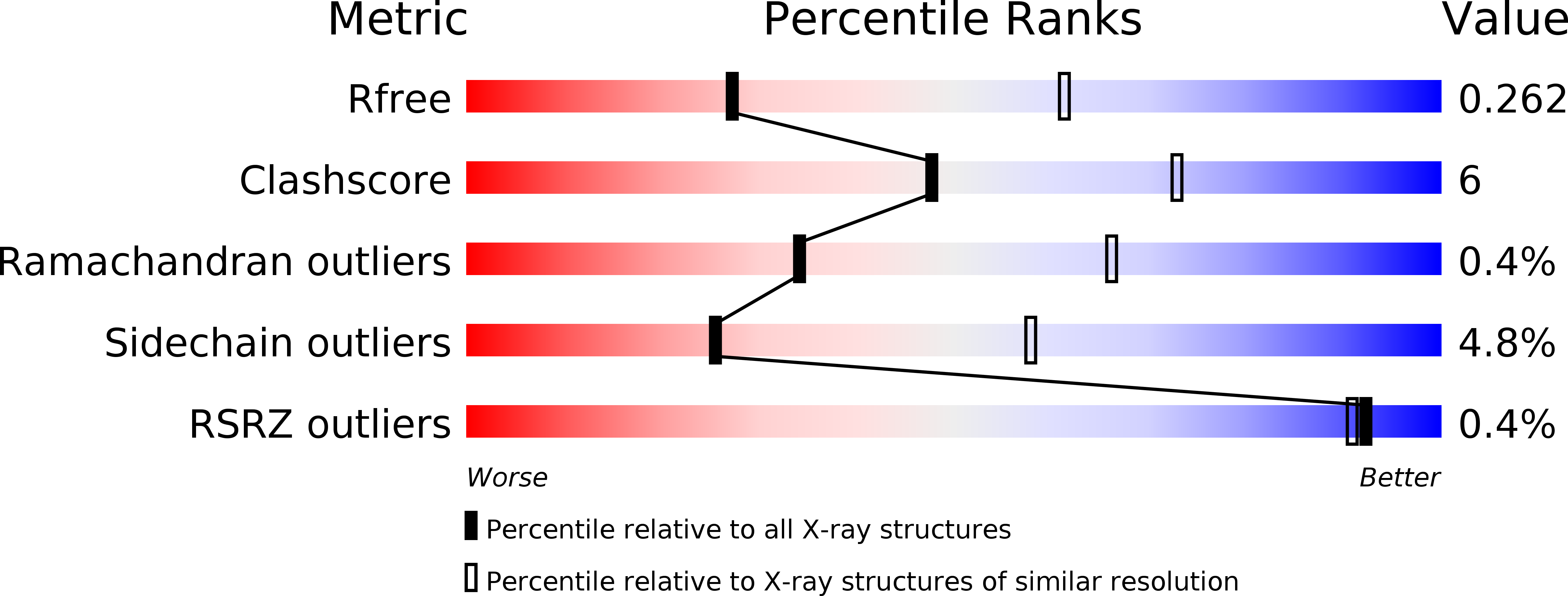
Deposition Date
2008-05-09
Release Date
2009-06-16
Last Version Date
2024-10-30
Entry Detail
PDB ID:
3D2Z
Keywords:
Title:
Complex of the N-acetylmuramyl-L-alanine amidase AmiD from E.coli with the product L-Ala-D-gamma-Glu-L-Lys
Biological Source:
Source Organism:
Escherichia coli str. K12 substr. MG1655 (Taxon ID: 511145)
Host Organism:
Method Details:
Experimental Method:
Resolution:
2.80 Å
R-Value Free:
0.26
R-Value Work:
0.20
R-Value Observed:
0.20
Space Group:
P 61 2 2


